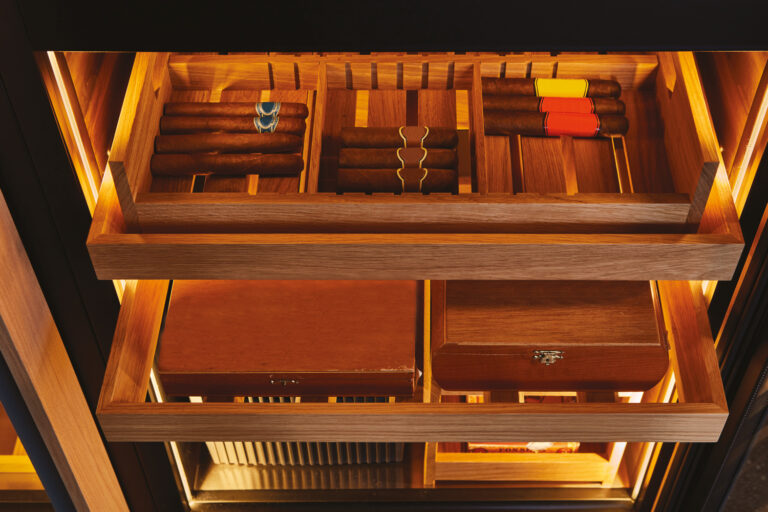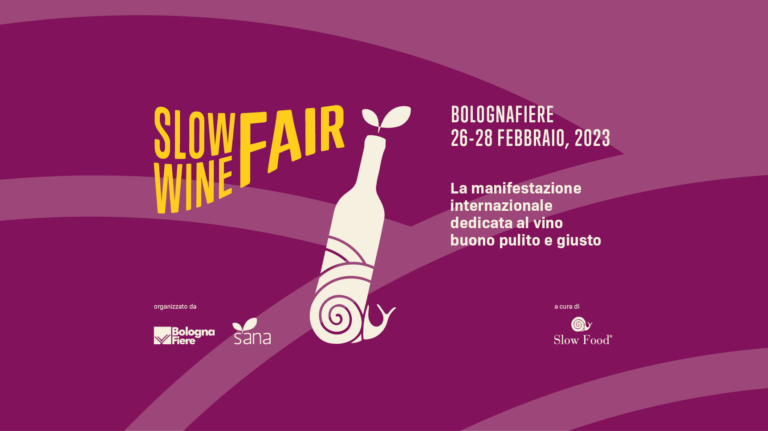Cuban cigar or Tuscan cigar? Let’s find out together
Smoking a cigar is like falling in love…
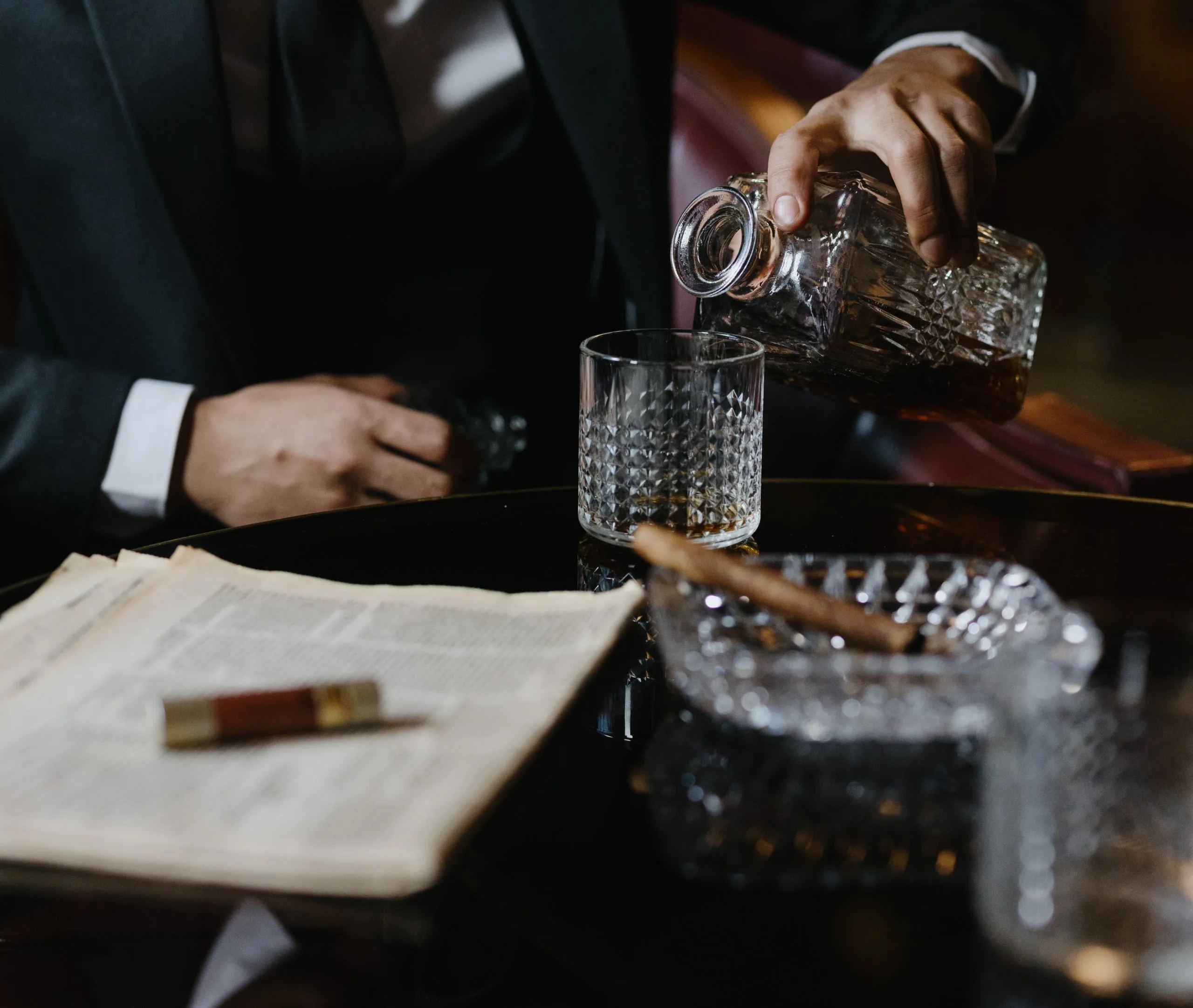
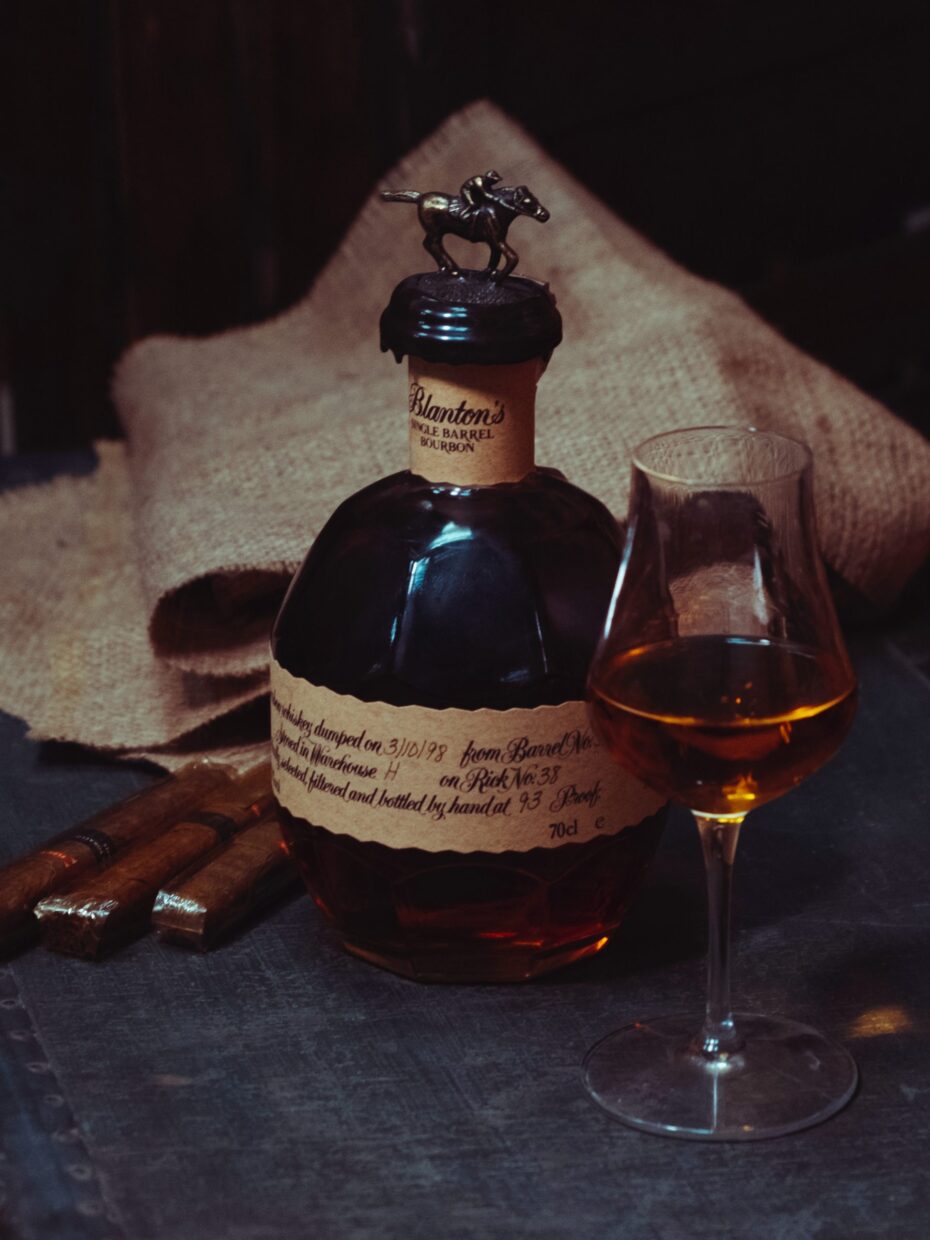
Le origini
The Toscano cigar was born in the Florence tobacco factory almost by chance, in 1815. Left to dry in the open air, a batch of tobacco was soaked in a summer downpour. Given the large quantity of tobacco, to avoid waste it was decided to use it for the production of cheaper cigars.
It was an immediate great success, as the different fermentation action due to the water gave the tobacco a completely new and particular taste. Thus was born the legend of the Toscano cigar.
The origins of the Cuban cigar, however, were different. Also known as Habanos, their production began in Cuba in the 18th century with the Spanish domination. Among the Habanos brands, Cohiba was undoubtedly the most important. Created in 1966 exclusively for Fidel Castro, it soon became the symbol of the Revolution, today it is synonymous with luxury.
Legend has it that Fidel Castro’s personal bodyguard commissioned a trusted torcedores to manufacture a particular product, with a very slim and tapered shape. After trying one on a whim, Castro immediately fell in love with the aroma it released, making it his favorite.
In fact, during those years, Cohiba were not intended for sale but were distributed selectively as gifts to diplomats and dignitaries, heads of state, or anyone else deemed worthy of such a splendid smoke.
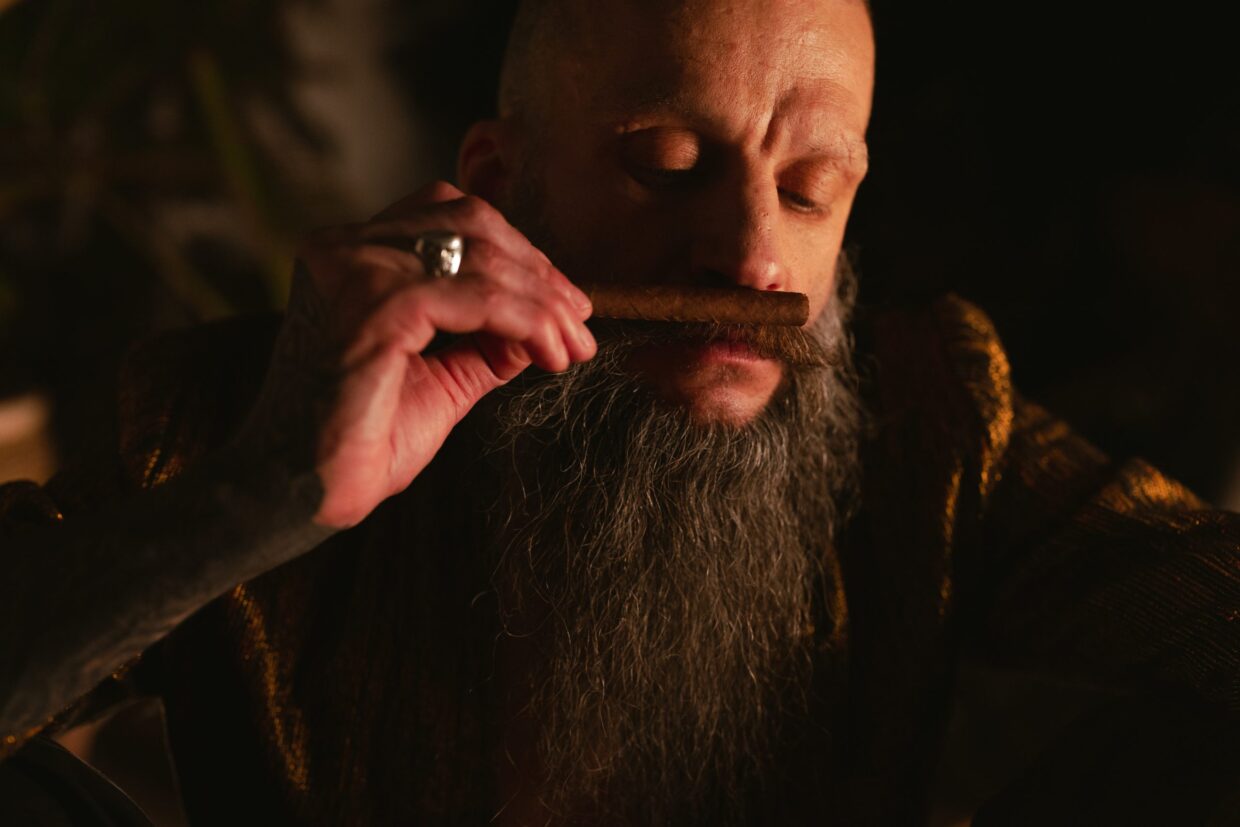
Tobacco
The term cohiba koh-hee-bah, derives from the ancient Indian term for tobacco. The one used for Cuban cigars is Cuban tobacco also called habano. Famous for its strong intensity, it is grown only in some parts of the island of Cuba. Cuban cigars are handmade and generally with light or medium tobacco, which is then aged for several years to obtain a full and mature flavor. In fact, Cubans are produced using only habano tobacco.
The peculiarity of the Toscano, however, comes from the prevalent presence of Italian Kentucky tobacco and a blend of rapidly fermenting leaf levels that makes it unique. Most Toscano cigars are made with dark tobacco, and often produced using a blend of Italian and Brazilian tobacco.
Unlike Caribbean tobaccos, Kentucky is a tobacco rich in oils and resins, with a slower combustion. It follows that many of the advice that are generally given to Caribbean smokers does not apply to Toscano smokers.
The production is also different: most Tuscan producers use a rapid and dry fermentation process called beaten leaf, with a medium-duration aging that makes the cigars even more robust, while for the Cuban ones a wet fermentation technique is used. The tobacco processing is different for the two products.
Cuban cigars, generally handmade and in a traditional way using only the best tobacco leaves. Tuscan cigars, on the other hand, are often machine-made and without a wrapper, and the tobacco is not wrapped in an external leaf.
Aroma, taste and preservation
With their sweet and smooth taste and hints of coffee and chocolate, Cohiba are famous all over the world for their high quality and their unmistakable aroma. The Toscano, known for its strong and decisive taste often described as earthy or woody. The aromas and scents released during the act of smoking are full, full-bodied, savory and typical of this cigar.
There are exceptions, the Toscano Garibaldi, for example, being produced with leaves with a high sugar content, produces sweet, gentle and vigorous aromas and flavors, suitable for occasional smokers.
For a correct storage of cigars, we at IP believe that humidity is the first parameter to be checked, the richer the tobacco used, the lower the relative humidity of storage should be. A first step is to avoid leaving them out in the open air and we recommend storing them in a place protected from light, cool and dry. Various analyses have shown that the percentage of relative humidity of the cigar packaging must remain between 65% and 72%. This is because a cigar with a humidity below 50% will tend to dry out more quickly, losing its essential oils that give it its aroma. This means that the two types of cigars, to be stored correctly, require different humidity and should not be stored in the same cellar.
As for Tuscans, for example, it is recommended to maintain the humidity level between 50% and 60%. For this reason, some cigars are packaged for their marketing with an aluminum tube and a thin sheet of cedar is inserted inside, this to keep the humidity level of the same as constant as possible. The temperature must remain constant between 16 and 20 degrees centigrade to maintain the organoleptic characteristics of the product.
our wine cellars are designed to accommodate these very delicate products, offering the possibility of maintaining a correct level of temperature and humidity.
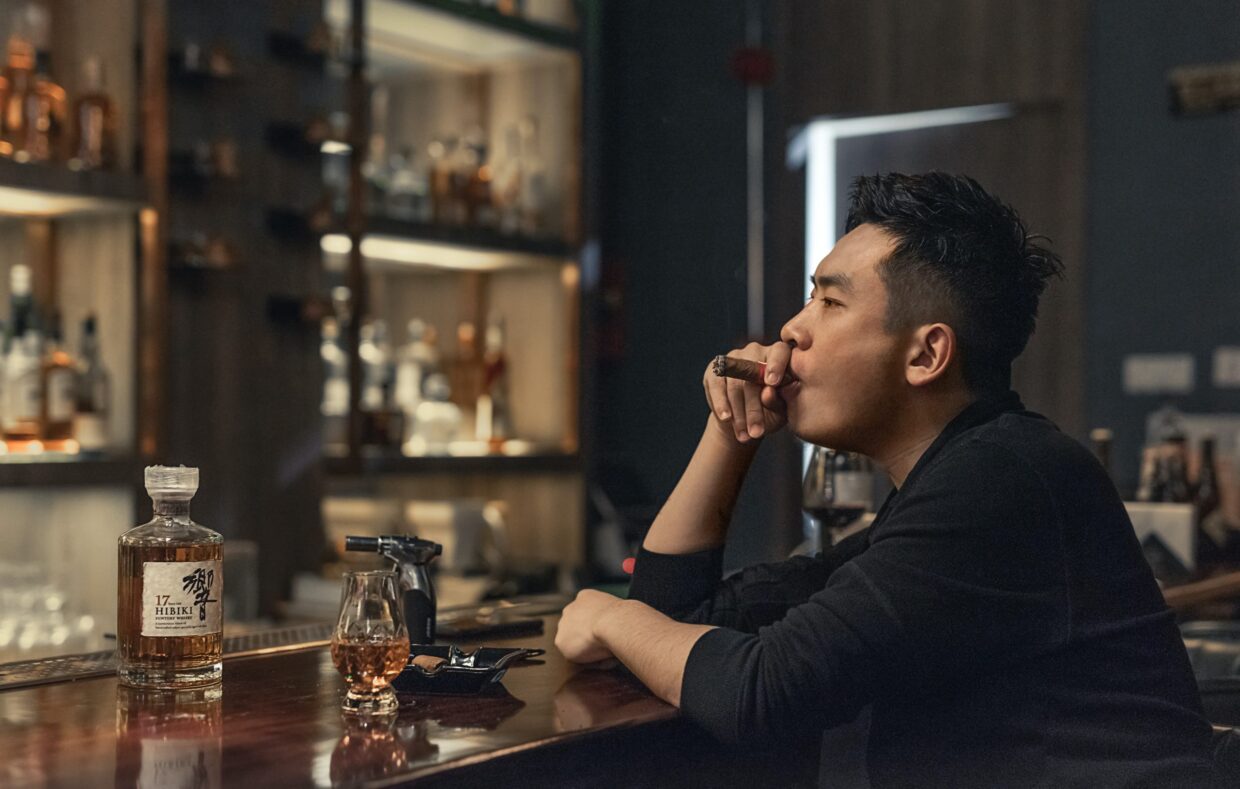
What to drink during a slow smoke
If you are a cigar aficionado, you may be wondering what the perfect drink to pair with your cigar is. Great spirits help to enhance the characteristics of your cigar. From whiskeys to cognacs, rums and wines, but also specialty teas and coffees, there is a wide range of drinks that pair perfectly with cigars. Often accompanied by dark chocolate or red fruits, in many pubs they are served by “smoking” the glasses before pouring the rum or whiskey.
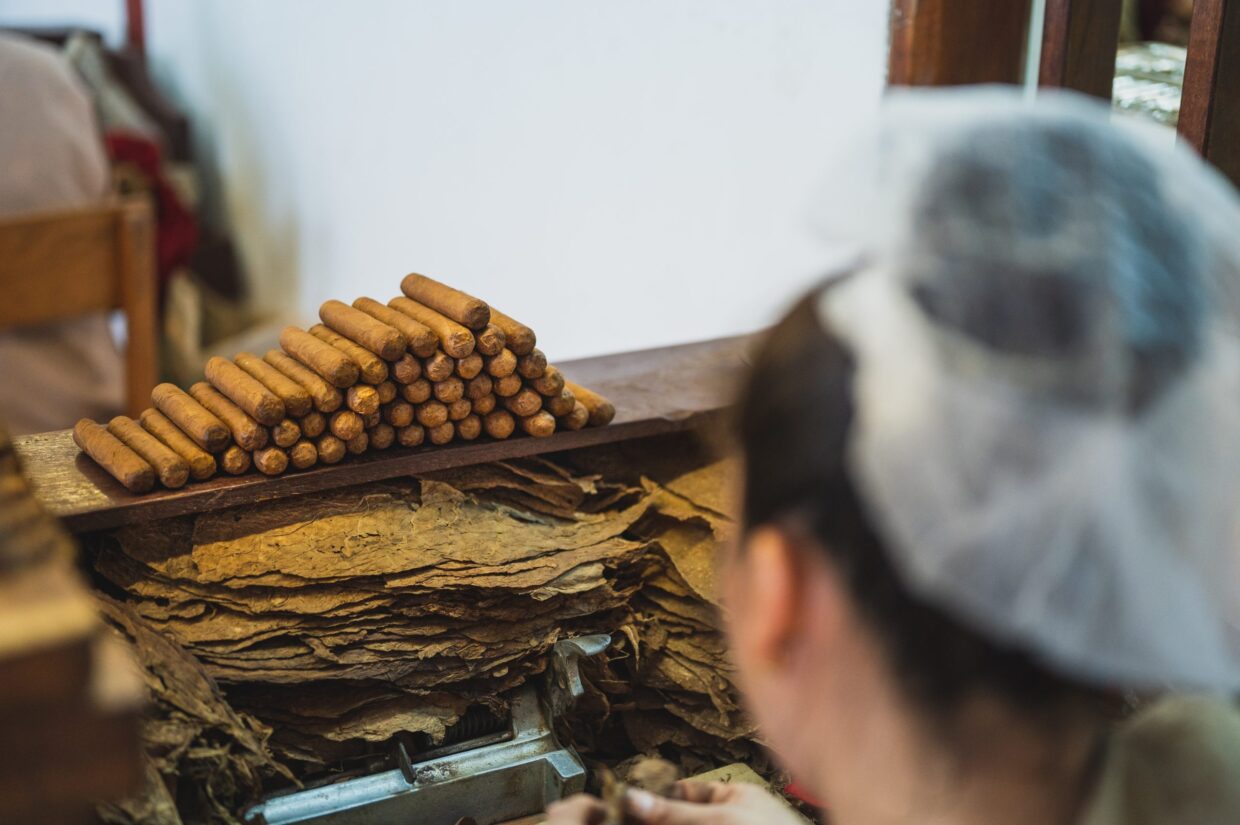
A profession that starts with women
Cigar makers were of decisive importance for the creation of the Italian cigar, often passed down from mother to daughter. To become a cigar maker, months of training were necessary, and only after this period could a cigar maker make a cigar with her own hands.
In Italy, in fact, the introduction of the first nursery schools inside a factory was introduced thanks to the cigar makers.
The torcedores, on the other hand, loved to work listening to books read by a person specially called and paid by the workers themselves. For example, it is said that Montecristo owes its name to the fact that the novel was one of the most popular readings among the workers.
Curiosity
At the beginning of the twentieth century, in Italy, in order to promote their commercialization, it was thought to halve them to promote their sale at a lower price. This practice quickly turned into a new trend, that is, the possibility of smoking in the company of a friend, so much so that it was nicknamed the friendship cigar.
The Cohiba logo depicts a face in profile, whose somatic features are of the indigenous ethnic group that populated the island of Cuba before the Spanish invasions.
Winston Churchill smoked Romeo y Julieta, and believed that smoking helped him face the daunting challenges of his personal and political life.
Cuban cigars are generally more expensive than Tuscan cigars, this is due to the fact that they are produced in limited quantities. Tuscan cigars, on the other hand, are more accessible from an economic point of view, but are a quality product.
